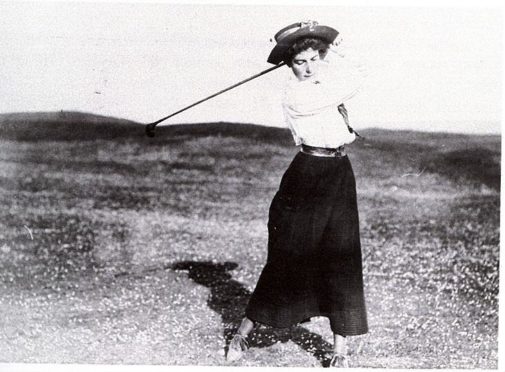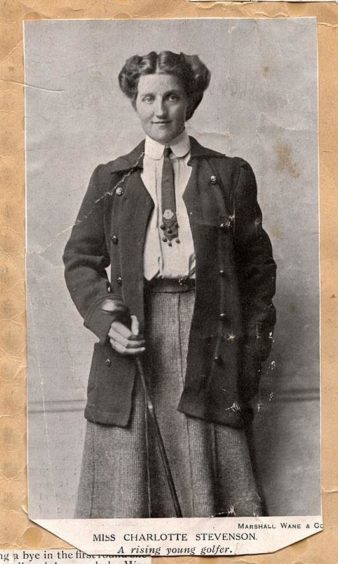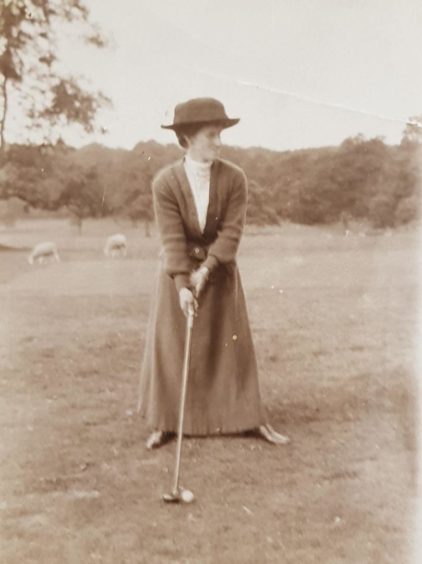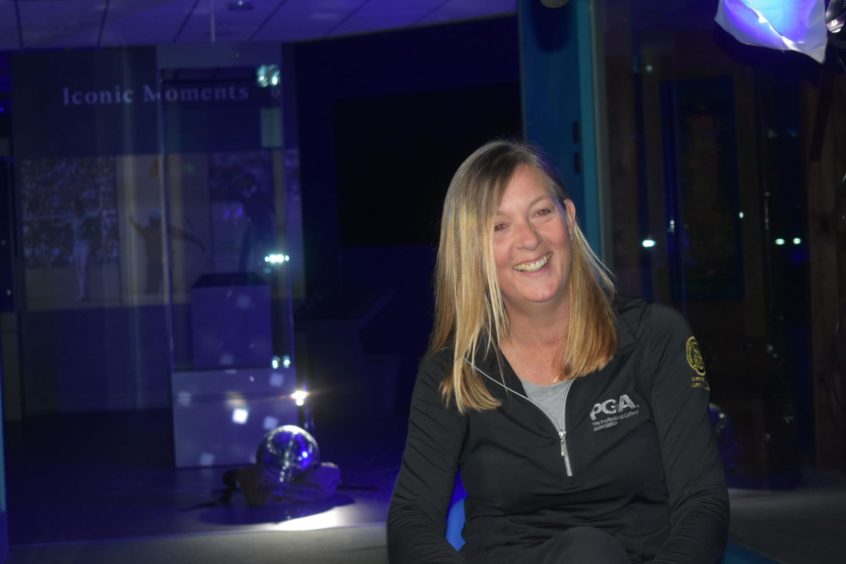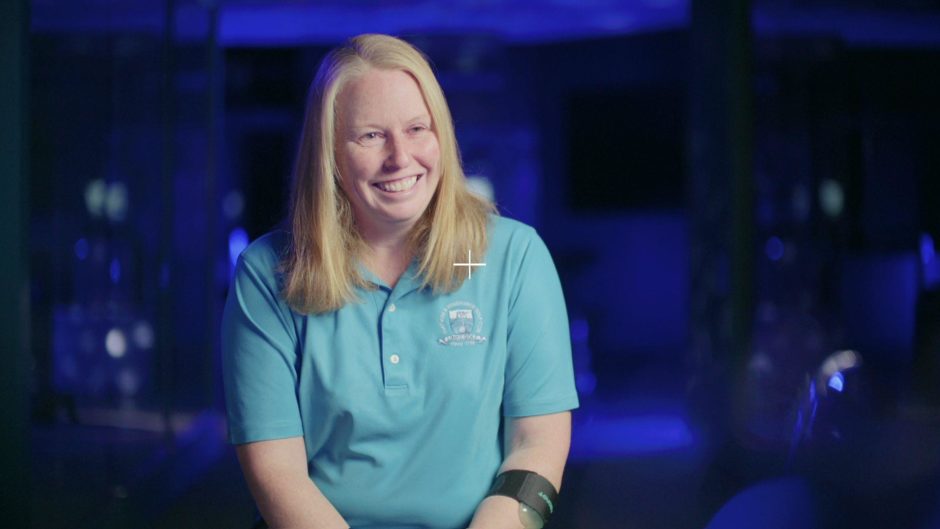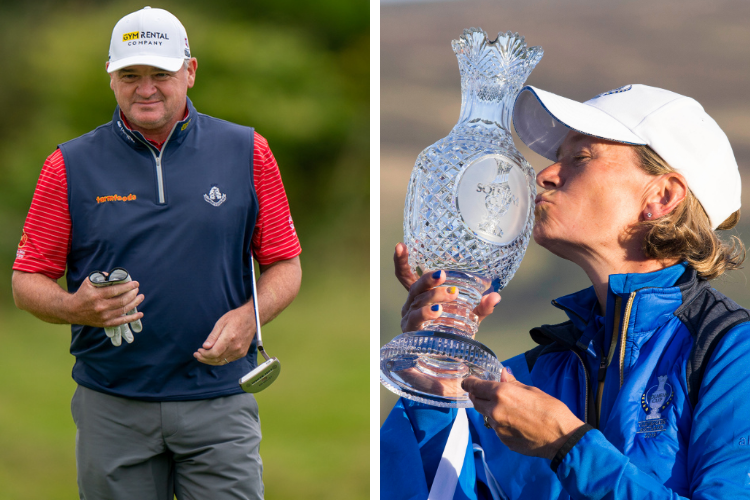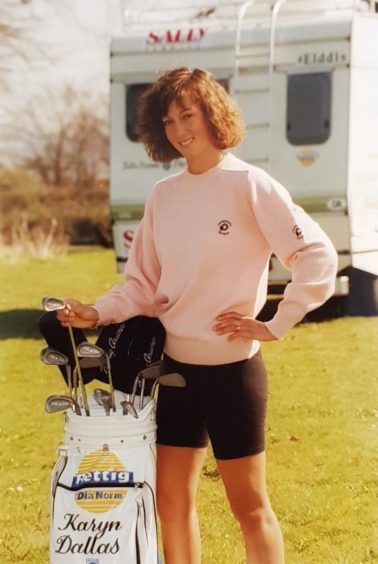We have grown used to seeing the world’s best women golfers parade their talents on a regular basis in recent years.
Whether in celebrating the European team’s success at the most recent Solheim Cup event, astutely captained by Scotland’s Catriona Matthew, or enjoying the battle which has sprung up between a new generation of stars from all over the world, there is now a burgeoning connection between females and fairways and girls and golf.
However, as a new TV programme makes clear, that hasn’t always been the case and it wasn’t that along ago that one leading Scottish player witnessed the sign “No Women or Dogs Allowed” when she turned up to take part in a tournament.
Iron Women, a documentary created by filmmaker Margot McCuaig whose previous subjects include Elena Baltacha, Tommy Burns, Rose Reilly and Jim Baxter, spells out the challenges faced by past generations in gaining access to many famous venues.
Musselburgh was at the centre of the early battle
Until recently, the sport was traditionally regarded as a man’s pursuit; a closely-guarded male environment which was out of bounds to the so-called ‘weaker sex’.
From the early pioneers of the 18th century, to formidable role models who challenged the patriarchal constraints of male-dominated arenas, the film celebrates the redoubtable trailblazers who put Scottish women’s golf firmly on the world map.
The battle for visibility and access on equal terms has been a long and difficult journey and the determined characters who were integral to the gradual growth and recognition of the game in Scotland have remained little-known figures.
Their efforts stretch back as far as the 18th century in Musselburgh, with evidence of fishwives playing golf and competing for the prize of a creel and silk handkerchiefs.
We want tee times, not tea times
The game gathered momentum among the Victorian ladies of St Andrews from 1863, albeit under the watchful gaze of husbands and fathers who rigidly controlled the spaces which women frequented, and how often they used them.
In these days, some women were open about their love for golf, but their options were often severely curtailed and distinctive male and female spheres came into play.
Individuals such as Issette Pearson and Agnes Grainger developed strategies to create opportunities for women and their commitment was the catalyst for the creation of the Ladies Golf Union and the Scottish Ladies Golf Association in 1893 and 1904.
These developments were responsible not only for formalising the sport and creating new events and competitions, but also established an innovative handicap system well before their male counterparts followed a similar path.
Prejudice had to be tackled head-on
Inspired by the changes in society, a string of formidable personalities emerged, with several Scots leading the way at home and abroad.
Yet the programme illustrates some examples of the sexism and chauvinism which existed and still hasn’t entirely vanished even as we move into 2021.
Professional golfer Karyn Dallas offered the shocking account of arriving at a club to participate in a tournament and spotting the “No Dogs or Women Allowed” sign.
And Dr Fiona Skillen has argued that men ‘supervised’ women to make sure they behaved appropriately whenever they played golf in the 19th century and land was gifted to the St Andrews Ladies Putting Club.
The men kept a watchful eye on the little ladies
She said: “It’s interesting that the land the women were gifted to play on is straight beside the Royal and Ancient Clubhouse.
“So there is an argument that this was done in order for the men to be able to keep a watchful eye on what the women were getting up to.
“The men checked to see if the women were behaving themselves in a circumspect manner. They were being encouraged to play, but a very specific kind of golf.
She also recalled memories of being in a golf club as a child and realising there was only so many places she could go on the premises.
She added : “I remember my dad getting very antsy if I ever went near the painted line or if I tried to step over the painted line, it was hugely controversial, and I was very aware of the gendered behaviour and the difference.”
Getting on the right lines for advancement
Dr Fiona Reid had a similar experience from her childhood and recalled a white line in the golf club where her mum played.
She said: “It was only the men who could go over that line. There’s a place that the men can go and a place that the women can go.”
Gillian Kirkwood remembered being prohibited from going past the window of the men’s lounge at the golf club and how it was viewed as a normal part of the culture.
She said: “You weren’t allowed to walk past the golf club window, you had to walk on a path that was quite far away from the window so that the men didn’t see you and you couldn’t look in at the window to see the men having their drinks and cigars.
”Some golf clubs really had to be dragged into the 21st century.”
We’re equal, but some are more equal than others
Another contributor to the programme related a sadly familiar story: “If you were in front of a group of guys at tee time, you would hear them huffing and saying: ‘We’re at the back of these ladies and it’s going to be a five or six-hour round’.
“That kind of remark gave you the satisfaction to go up to the first tee and hit the ball and see their jaw drop!”
Ms McCuaig who has delved exhaustively into the subject, said she was impressed by the attitude adopted by generations of females to tackling obstacles.
She added: “Women’s golf in Scotland has a long and prestigious history. Despite barriers, both in terms of attitude and physical structures, pioneers have continued to lead the way.
“Consequently, sporting celebrities have emerged as role models, on and off the green, ensuring that there has been a fairer way for women.
“Whether playing professionally or competitively at amateur level, golf has a common theme. Friendships are created and cherished, time on the course is relished and Iron Women have continued to make their mark, and their own home, in Scottish golf.”
The documentary was produced by purpleTV for BBC Alba and will be screened on Saturday, January 2 at 9pm.
It will also be available on the BBC iPlayer for 30 days afterwards.
